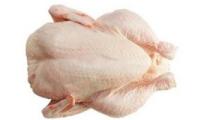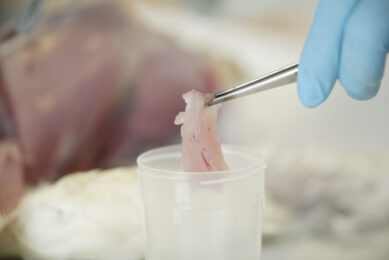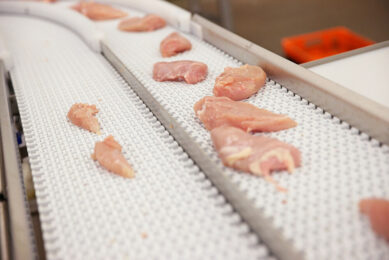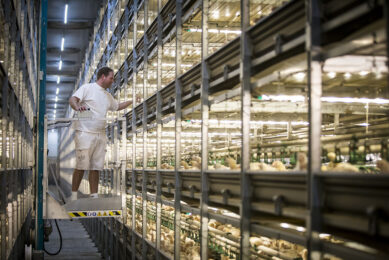Canada: Developing new poultry meat products

Scientists at the University of Alberta, Canada, are experimenting with new technologies that may help the poultry industry drive chicken consumption and improve profitability.
According to the Poultry Science Association (PSA), a group of researchers at the University of Alberta is investigating several promising approaches that may lead to a variety of new poultry meat products that exhibit enhanced taste and nutritional characteristics and would justify higher margins. They are also looking into a new technology (for protein recovery) that would enable producers to recapture some of the nutritional and dollar value that they say is currently being lost in the production process.
The market for poultry products has undergone a sea change over the last three decades. In the US market in 1975, whole birds accounted for 61% of sales, cut-up 32% and “further processed” products only 7%. According to the National Chicken Council, by 2008, these numbers had been almost completely reversed, with further processed poultry products accounting for 48% of the market, cut-up 41%, and whole birds just 11%.
Leading the work is Dr Mirko Betti, an assistant professor of poultry meat science in the University of Alberta’s Department of Agricultural, Food and Nutritional Science. His current research focuses primarily on several primary areas.
Protein recovery
The research team is investigating methods to recover proteins from mechanically separated poultry meat and spent hens. New technology is being developed that will enable not only the extraction of proteins from these by-products, but also a reduction of fat content and the removal of heme pigments. Possible applications of the recaptured proteins include meat fillers, edible protein film (casings), biodegradable packaging, and coating agents.
“One additional advantage of using poultry proteins as functional ingredients for food applications is that humans seem to have a lower predisposition to allergenic reactions towards proteins sourced from poultry than they do to other sources of protein, such as fish, soybeans, eggs or milk,” said Dr Betti, adding that the team hopes to have a provisional patent on the technology in the US soon.
Biolipids enrichment
The focus of this research is on increasing omega-3 fatty acids in poultry meat. Dr Betti is also working on technology to stabilise these fatty acids during processing and cooking (boiling, frying and roasting). One primary challenge is that, because white meat is very lean, it is difficult to enrich with omega-3. Dark meat, however, is much easier and faster to enrich.
Given the size of the omega-3 food market in North America – approx. $2 bln now and expected to grow to $7 bln over the next 3 years – there is an enormous opportunity here for the poultry industry to offer consumers a more diversified choice of omega-3 rich protein sources beyond those currently recommended, such as salmon.
High-pressure processing
Dr Betti is also studying the effects of high-pressure processing (HPP) on chicken meat proteins. HPP is an emerging technology that uses high hydrostatic pressure rather than heat to sanitise food. Basically, it is a way to cook food without heating it, so that nutrients normally damaged by the heating process are preserved.
One challenge for HPP is that it is expensive. However, Dr Betti believes producers eventually will be able to justify the additional expense by developing products further up the value-added curve, which ranges from conventional and health foods to clinical and functional foods.
Related links:
Poultry Science Association (PSA)
Join 31,000+ subscribers
Subscribe to our newsletter to stay updated about all the need-to-know content in the poultry sector, three times a week. Beheer
Beheer








 WP Admin
WP Admin  Bewerk bericht
Bewerk bericht